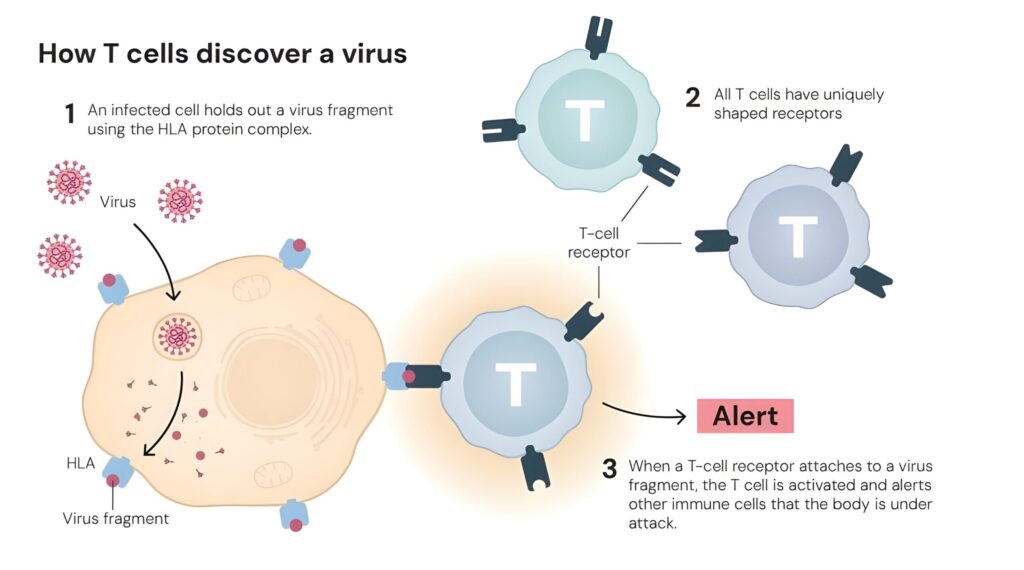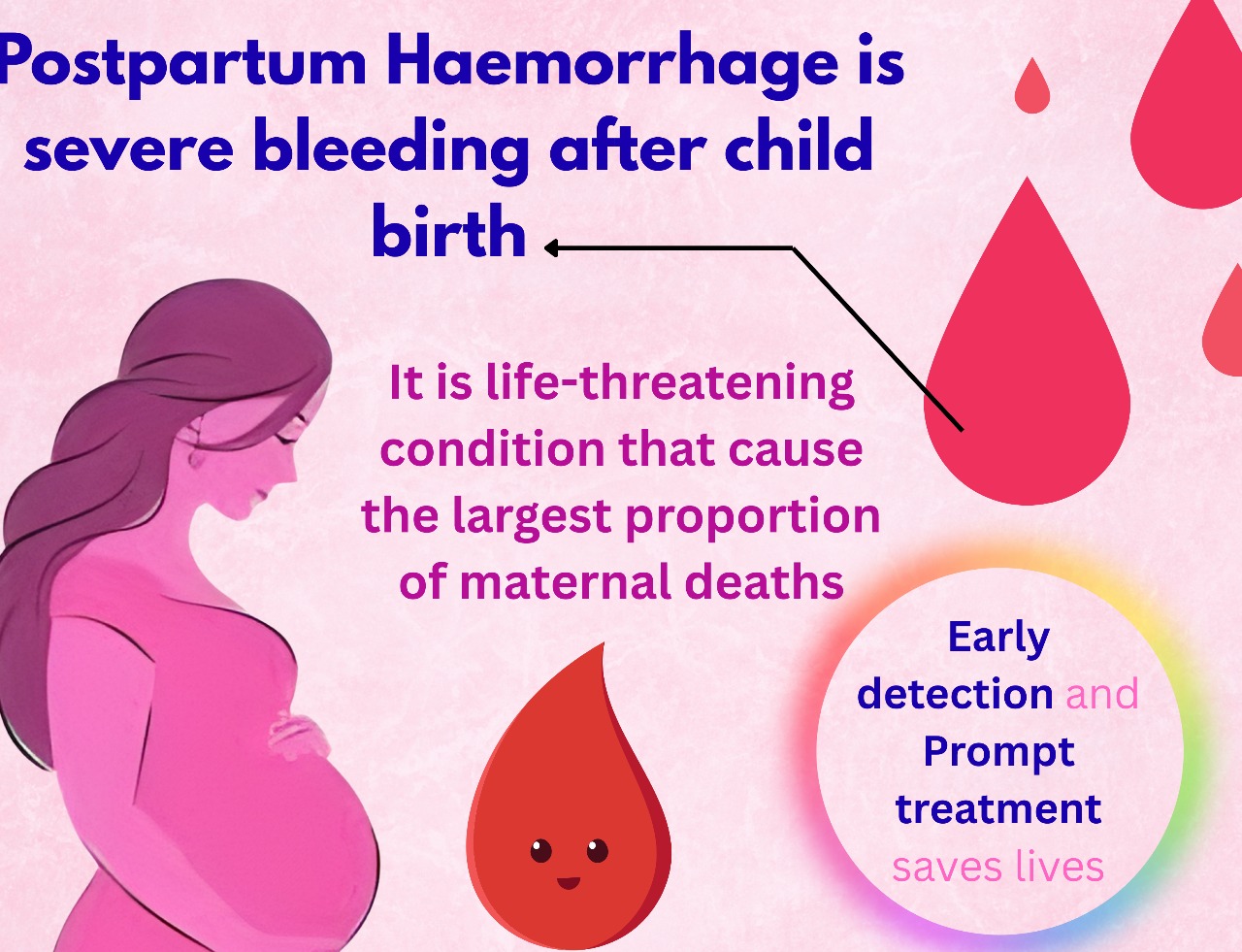Stockholm, October 6, 2025 — The 2025 Nobel Prize in Physiology or Medicine has been jointly awarded to Mary E. Brunkow, Fred Ramsdell, and Shimon Sakaguchi for their pioneering discoveries concerning peripheral immune tolerance — a mechanism by which the immune system prevents itself from attacking the body’s own tissues.
Their groundbreaking research uncovered the crucial role of regulatory T cells (T-regs), a specialized subset of immune cells that act as guardians of immune balance. This discovery transformed modern immunology and opened the door to new therapeutic approaches for autoimmune diseases, organ transplantation, and cancer.
Understanding the Immune System’s Balancing Act
- The immune system serves as the body’s defense against infectious agents such as viruses and bacteria. However, this powerful system must also discriminate between foreign invaders and the body’s own cells — a phenomenon known as self-tolerance.
- When self-tolerance fails, the immune system turns against the body, causing autoimmune disorders like type 1 diabetes, rheumatoid arthritis, and multiple sclerosis.
- For decades, scientists understood one major mechanism of immune tolerance — central tolerance — where self-reactive immune cells are eliminated in the thymus. Yet, this process alone could not explain how self-tolerance is maintained throughout life.
The 2025 Nobel laureates uncovered the missing link: peripheral immune tolerance, an additional safeguard operating throughout the body, maintained by regulatory T cells.
The Pioneers Behind the Discovery
Shimon Sakaguchi – The Discovery of Regulatory T Cells
In 1995, Japanese immunologist Shimon Sakaguchi identified a small population of T cells capable of suppressing unwanted immune responses.
His experiments demonstrated that removing these cells from mice led to severe autoimmune disease, while restoring them prevented the condition. This discovery introduced the concept of regulatory T cells (T-regs) — the immune system’s “brakes” that prevent self-destruction.

Mary E. Brunkow and Fred Ramsdell – The FoxP3 Gene
In 2001, American scientists Mary Brunkow and Fred Ramsdell made a parallel discovery that revealed how T-regs are controlled.
They identified a critical gene, FoxP3, that determines the development and function of regulatory T cells. Mice with defective FoxP3 genes developed fatal autoimmune disease, and similar mutations in humans were found to cause IPEX syndrome (Immune Dysregulation, Polyendocrinopathy, Enteropathy, X-linked).
This discovery linked molecular genetics to immune regulation and confirmed that FoxP3 is the master regulator of T-reg function in both mice and humans.
A Paradigm Shift in Immunology
The laureates’ discoveries fundamentally changed how scientists understand immune regulation.
Previously, immune tolerance was viewed mainly as a passive process of eliminating self-reactive cells. Their work revealed that tolerance is actively maintained throughout life by specialized immune cells — T-regs — which continuously monitor and suppress overactive immune responses.
According to the Nobel Assembly at the Karolinska Institutet,
“The laureates identified the immune system’s ‘security guards’ — regulatory T cells that prevent immune cells from attacking our own body.”
This insight has since redefined textbook immunology and created a framework for understanding diseases linked to immune imbalance.
T Cells – Key Defenders of the Immune System
T lymphocytes (T cells) are central to adaptive immunity, identifying and eliminating pathogens and abnormal cells.
- Helper T cells (CD4⁺): Patrol the body and coordinate immune responses by activating other immune cells through cytokine signaling.
- Killer T cells (CD8⁺): Directly destroy virus-infected and tumour cells, maintaining immune surveillance.
Sensors That Discover Invaders
Each T cell has T-cell receptors (TCRs) on its surface, acting as sensors to distinguish “self” from “non-self.”
- TCRs are highly diverse due to random gene recombination, allowing the body to generate over 10¹⁵ unique receptors.
- This diversity equips T cells to detect and respond to a vast array of pathogens efficiently.
Medical Implications and Therapeutic Advances
The discovery of peripheral immune tolerance has profound medical significance. It laid the foundation for new therapeutic strategies that aim to either enhance or suppress T-reg activity, depending on the disease context.
- Autoimmune Diseases: Increasing T-reg activity could restore immune balance in conditions such as lupus, type 1 diabetes, and multiple sclerosis.
- Transplantation: Enhancing T-reg responses can promote graft acceptance and reduce the need for lifelong immunosuppressants.
- Cancer Immunotherapy: Conversely, inhibiting or reprogramming T-regs may boost immune attacks against tumors that evade detection.
- Gene and Cell Therapy: Research is now exploring engineered T-regs and gene therapy targeting FoxP3 for precision immune modulation.
Clinical trials worldwide are testing T-reg-based therapies, reflecting the translational power of the laureates’ work.
Broader Scientific Impact
The implications of this discovery extend beyond immunology. Insights into immune tolerance are influencing:
- Neuroimmunology, by linking immune balance to brain inflammation and neurodegenerative diseases.
- Microbiome research, exploring how gut bacteria influence T-reg activity.
- Aging and longevity studies, examining how immune dysregulation contributes to chronic inflammation in aging (“inflammaging”).
Their research continues to inspire a new generation of scientists exploring how immune balance can be restored or re-engineered to treat disease.
Legacy of the 2025 Nobel Prize
By illuminating how the immune system restrains itself, Brunkow, Ramsdell, and Sakaguchi have not only solved a decades-old mystery but opened a new chapter in medicine. Their discoveries are now guiding the design of next-generation therapies — from personalized immune modulation to engineered tolerance.
As the Nobel Committee emphasized,
“Their findings reveal the immune system’s inherent intelligence — not just to fight infection, but to preserve self-integrity.”
In recognizing these three scientists, the 2025 Nobel Prize highlights not only a triumph of discovery but a promise of future cures built upon the body’s own wisdom to maintain balance.
References
- NobelPrize.org — The Nobel Prize in Physiology or Medicine 2025: Press Release
- Reuters — Brunkow, Ramsdell, Sakaguchi win 2025 Nobel Medicine Prize
- The Guardian — Nobel Prize in Medicine Awarded for Immune System Research
- Scientific American — Discoveries Key to Treating Autoimmune Disease






